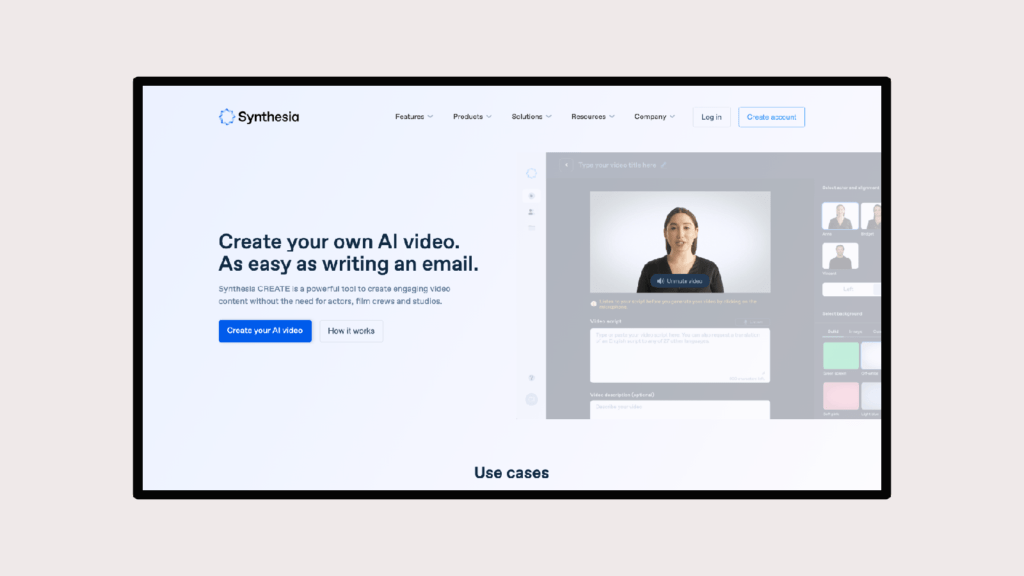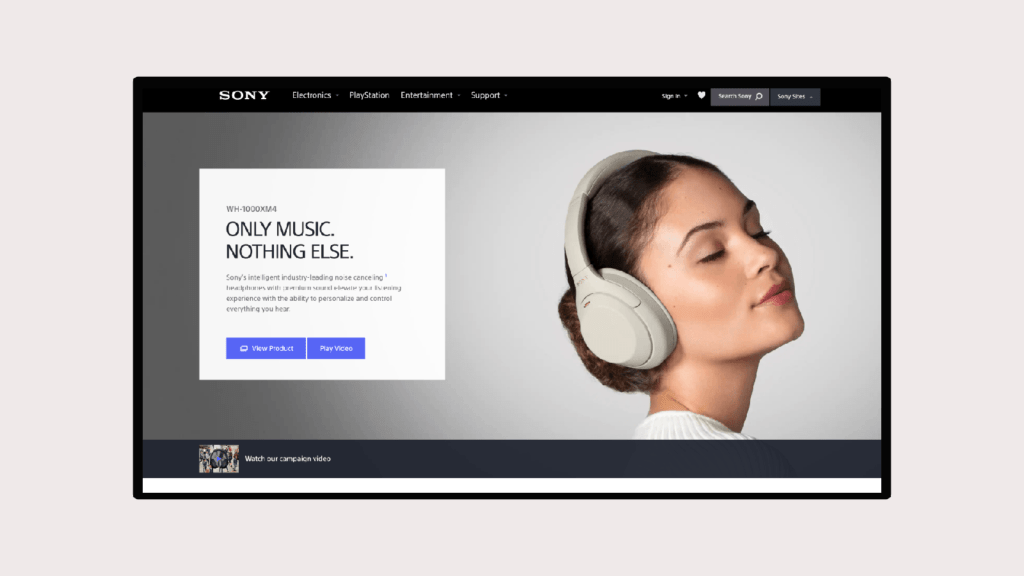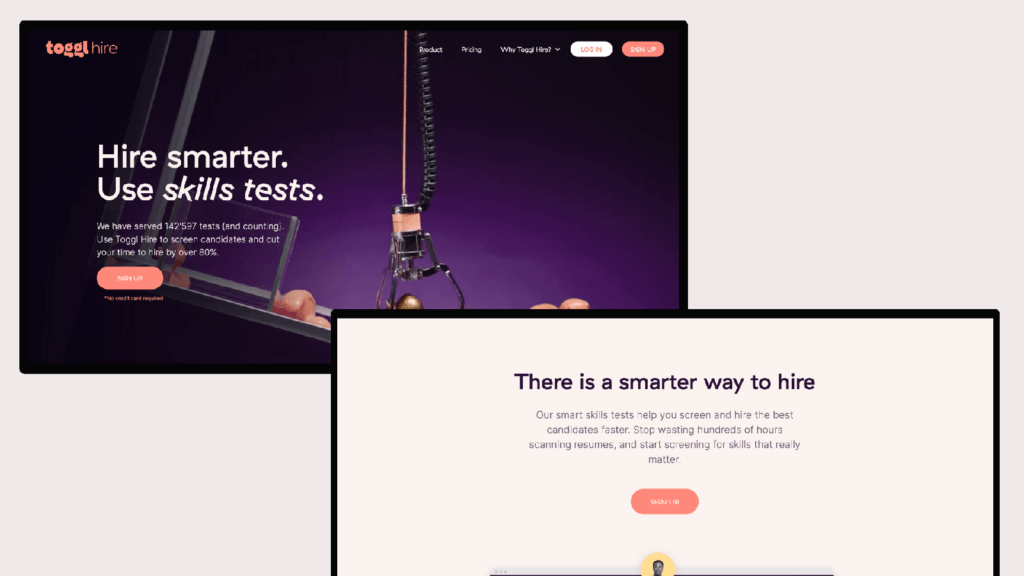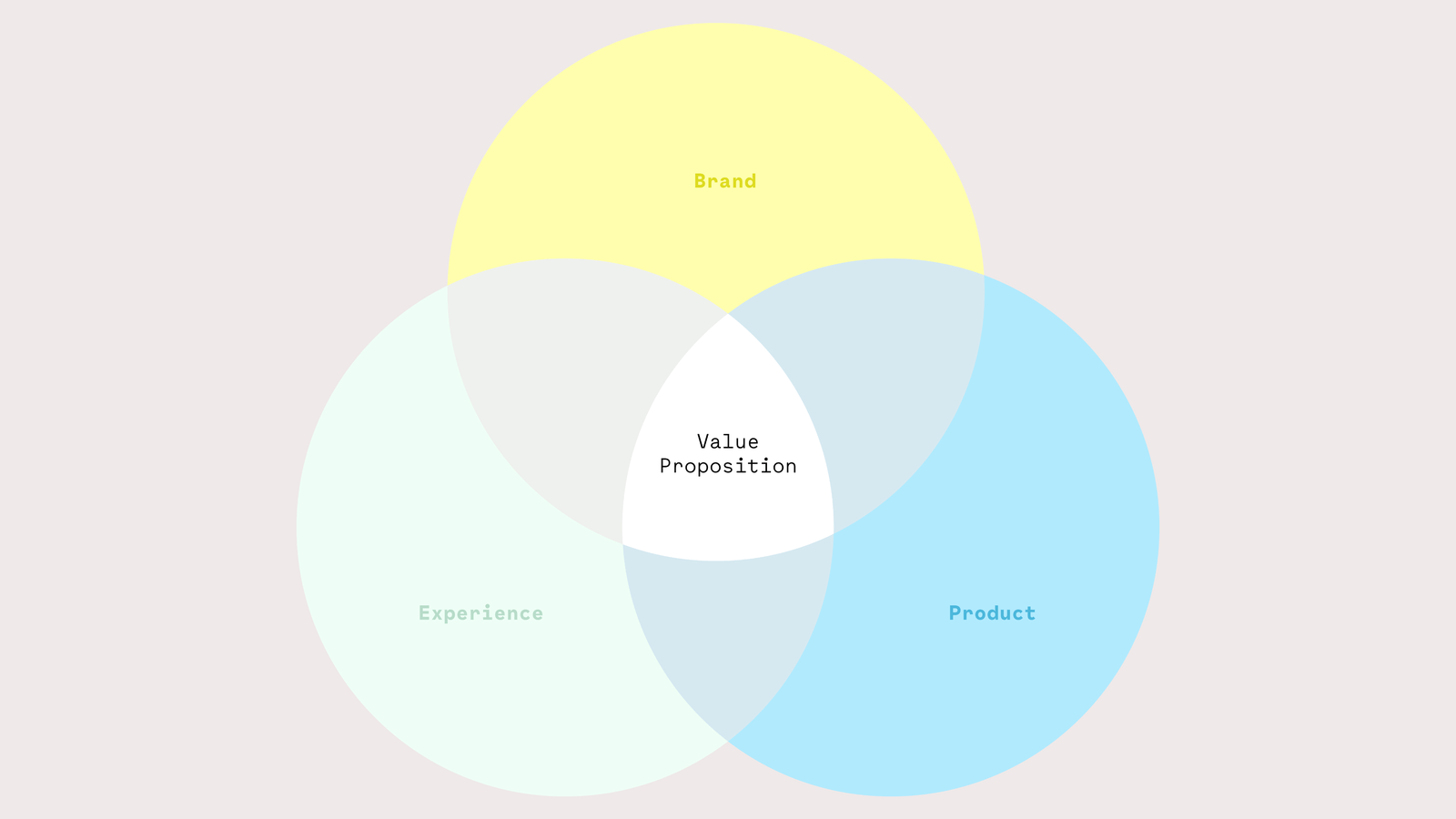One of the first questions I always ask anyone who approaches me with an idea for a business is “And what’s the value? Why should I need this?” or “Why should I buy this from you and not from someone else?” When asked, early-stage founders without a well-developed pitch usually respond with a long “uhm…”
Then I break the uncomfortable silence with more questions, aimed to guide the founder to identify the uniqueness of their solution.
Most of the founders usually care about the “how’s” of their business. How will it work? What’s the technology we’re going to use or how will the delivery system work? Mental exercises exploring the emotional value of their business aren’t usually at the top of their list. However, unless you’re building rocket ships, where the technological “how” is really more important than the emotional “why”, I’d argue that a strong and clear “why” should be the first clear thing on your list.
What’s your value proposition?
A value proposition (VP) is the value you promise to deliver to your customers after they buy and use your product or service. It’s not just who you are and what you do differently (a.k.a. your positioning); it’s also how you solve their problem and why they should choose you over the competition.
A great value proposition meets three criteria:
1. It’s relevant: What are the specific benefits your target customer will receive?
2. It’s pain-focused: How will your product fix the customer’s problem or improve their life?
3. It’s unique: How well does it highlight your competitive advantage and set you apart from competitors?
Brand slogans, catchphrases, or even a positioning statement are often confused with a value proposition, but these are something else.
Why to define it?
A clear value proposition will help you focus on the most important things about your business: your customers, their pain points, and the unique solution you’re delivering them.
Where to share your value proposition?
A value proposition should be front and centre when a visitor arrives on your site. Often it’s found above the fold on the homepage. You should also include it on other common entrance points (e.g. a landing page, category pages, blog posts, and product pages).
Two steps to identifying your value proposition
We found the best articulation of our process through Shopify’s simple two-step template for VP creation:
Step 1:
Identifying your value proposition
All great value propositions start with one question:
What do I do better than anyone else?
It can be anything your customers find valuable – product design, customer service, or the material’s ethical quality. Free shipping isn’t a great VP, since it can be easily copied by your competitors. On the other hand, a great VP should be defensible and unique.
Often, identifying your value proposition requires quite a bit of thought and research (customer interviews, for example).
Step 2:
Communicating your value proposition
Distil what you do better than anyone else into a single sentence and display it prominently. You want to ensure this is what grabs attention first.
Donald Miller, author of the book Storybrand, summed it up perfectly: “The core message should be a slam dunk. The visitor should not burn his mind calories to understand the offer.”
Just like an article headline, many people will read the first sentence and move on. If they like it, they might read your brief subhead or just continue to the next step. If they don’t like it, they’ll often just leave.
What makes a good value proposition?
Also, in most cases there’s a difference between the value proposition for your company and your product. You must address both.
Inspirative value propositions
Here we’ve distilled three examples of great value propositions. Each of them follows the formula described in the beginning – it’s relevant, pain-focused and unique.
1. Synthesia – Software/company value proposition

Synthesia is a software company using artificial intelligence and video synthesis to create a new generation of content creation tools. Their value proposition is clear, targeted and easy to understand.
“Create your own AI video. As easy as writing an email.”
The pain they’re solving is video creation. They’re promising that by using their AI solution you’ll be able to save time and money needed for a professional video production.
The first part refers to the specific benefits customers will receive – you’ll be able to create your own AI video. The second part promises that you’ll be able to achieve that in a simple way
2. Sony – Product value proposition

The new headphone generation from Sony promises “Only music. Nothing else.” The sub-headline helps to paint a better picture of the product’s value and the pain point they’re addressing: “Sony’s intelligent industry-leading noise cancelling headphones.”
They’re relevant (only music, elevated listening experience, personalization), clearly differentiated (premium, industry-leading) and pain-focused (noise cancelling).
3. Toggl Hire – Landing page / service value proposition
Their messaging is on point. The pain point they’re solving is based on the fact that the hiring process is inherently difficult and biased. Their promise (a.k.a. benefit) is that by using their solution you’ll be able to save time and pick candidates based on skills, not assumptions.
The unique part of their proposition is the product itself – skills tests merged with a hiring platform.

Value propositions help you perfect your promise
Your value proposition is a promise to your future customers. If that promise is specific, pain-focused and exclusive, you will turn future customers into paying customers.
Every entrepreneur believes her company and products are valuable. That’s why it’s so easy to overlook the way that value is communicated to strangers.
Spend the time to perfect your promise. It’s both a branding exercise and a marketing exercise that will pay off over the long haul.
















